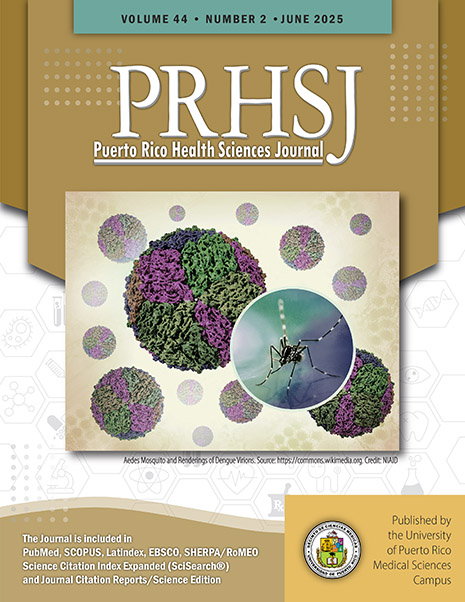Abstract
This case report highlights the potential of continuous ST segment monitoring (C-STM) in the emergency department (ED) for identifying transient ischemic changes in patients with acute coronary syndrome (ACS). We present a case of a 62-year-old male with type 2 diabetes and hypertension who presented with chest pain, that resolved prior to arrival. Despite an initially non-diagnostic ECG, C-STM detected transient hyperacute T waves and mild ST elevations, prompting further investigation, and ultimately leading to successful percutaneous coronary intervention (PCI) for a critical left anterior descending (LAD) coronary artery lesion. Our case emphasizes the importance of high clinical suspicion, continuous monitoring, and timely intervention in patients with ACS, even when initial presentations are atypical. It also raises the question of which ACS patients benefit from C-STM.
Authors who publish with this journal agree to the following terms:
a. Authors retain copyright and grant the journal right of first publication with the work simultaneously licensed under a Creative Commons Attribution License that allows others to share the work with an acknowledgement of the work's authorship and initial publication in this journal.
b. Authors are able to enter into separate, additional contractual arrangements for the non-exclusive distribution of the journal's published version of the work (e.g., post it to an institutional repository or publish it in a book), with an acknowledgement of its initial publication in this journal.
c. Authors are permitted and encouraged to post their work online (e.g., in institutional repositories or on their website) prior to and during the submission process, as it can lead to productive exchanges, as well as earlier and greater citation of published work (See The Effect of Open Access).
